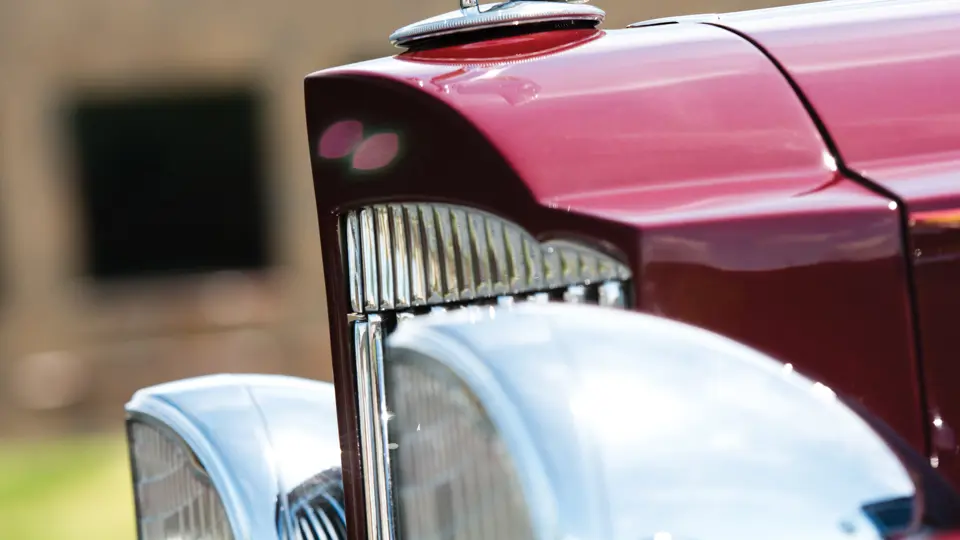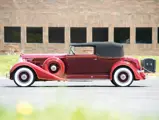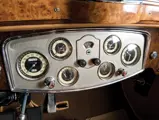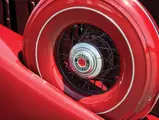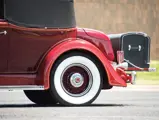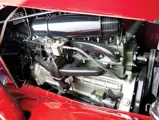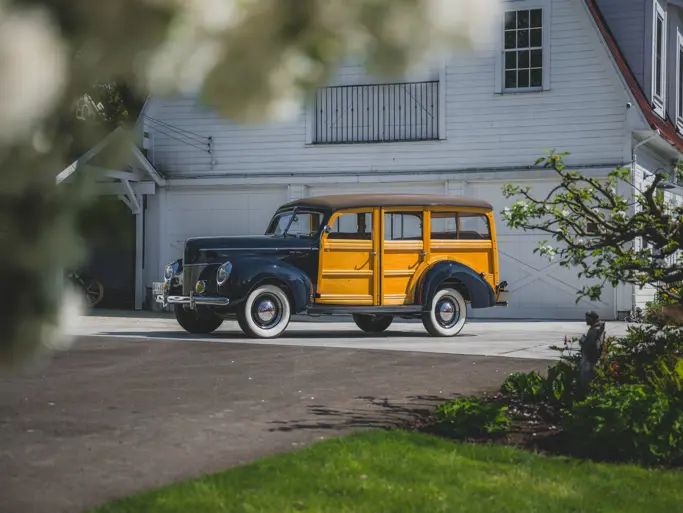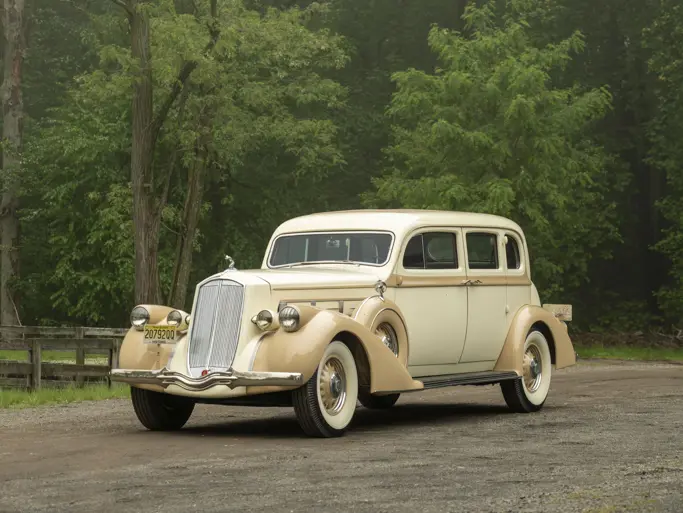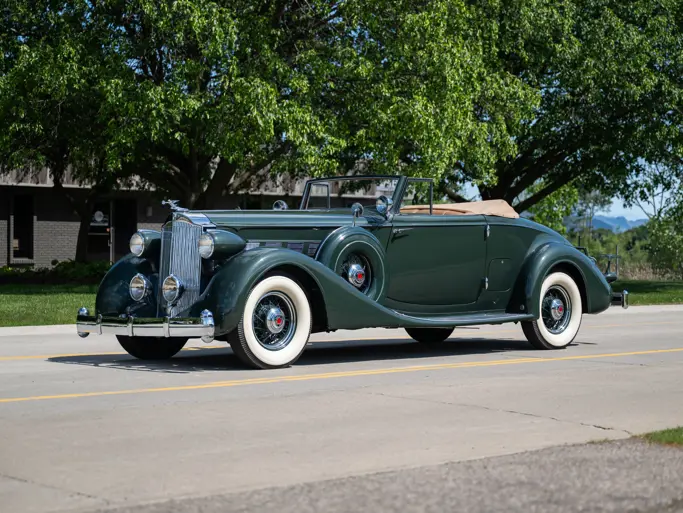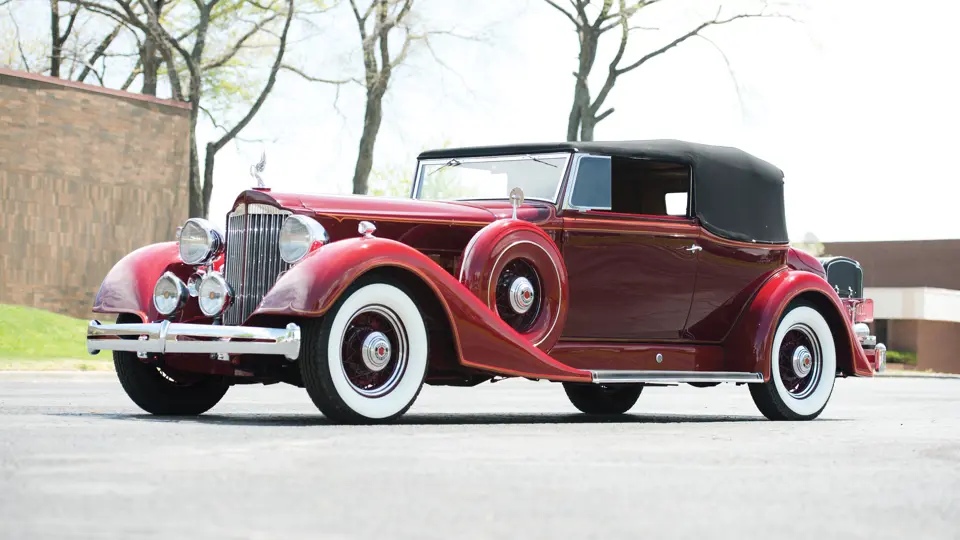
1934 Packard 1104 Super Eight Convertible Victoria
{{lr.item.text}}
$225,500 USD | Sold
From the Richard and Linda Kughn Collection
{{bidding.lot.reserveStatusFormatted}}
- From the collection of Richard and Linda Kughn
- Packard’s ultimate eight-cylinder model from its most desirable pre-war year
- CCCA First Prize winner
Series 1104. 145 bhp, 384 cu. in. L-head inline eight-cylinder engine, three-speed synchromesh manual transmission, front and rear semi-elliptic leaf spring suspension with variable-pressure shock absorbers, and vacuum servo-assisted four-wheel mechanical drum brakes. Wheelbase: 142 in.
When James Ward Packard debuted his first automobile in 1899, he was but one of dozens of would-be automobile moguls. By the 1930s, however, most of Packard’s early contemporaries had fallen by the wayside, and the exceptional vehicles bearing the Packard name were truly among the finest in the world. Enjoying a kind of dominance over the world luxury car market never seen before or since, Packard was considered “the best” not only in America, but all over the world. It was the king of the road, combining stunning good looks with industry-leading mechanical refinements and elegant appointments that simply had no superior. Simply put, for almost its entire history, the Packard was the best built American car at any point in time, maintaining extraordinarily high standards for over 50 years.
For many, the 1934 model Packards, which the factory dubbed the Eleventh Series, represent the height of the company’s pre-war efforts. They were the final models with traditional open fenders, albeit gently skirted, and the upright radiator shell for which the company had become well-known. Books have been written solely about this model year Packard, and it is widely considered among the most beautiful of all Classic Era production automobiles.
The Eleventh Series Packard offered here features the massive 142-inch wheelbase, 1104 Super Eight chassis on balloon-like 7.50x17 tires, isolating the passengers from all but the worst bumps. A Ride Control lever allows the driver to adjust the resistance of the hydraulic shocks from soft and cushy to a firmness that would tighten handling and give a true feel of the road. Under the hood, a regulator monitors and controls oil temperature, allowing the use of the same viscosity lubricant year-round. The first full-flow oil filter, a larger pump, and an oil pressure regulator further ensured that things would literally run as smoothly as possible.
The exterior displays the artistic attention to detail for which Packards were noted, with the angle of the deeply vee’d radiator shell mimicked in the lenses of the Packard Twelve-style headlamps and parking lamps. In the center of the dashboard sits the Packard crest, surrounded by that same iconic shape.
This car is recorded as having been originally delivered by Earle C. Anthony’s prestigious Packard dealership in downtown Los Angeles. Its beautifully restored Raymond Dietrich-designed bodywork is clad in a striking combination of two-tone maroon, with a black victoria top, and is distinguished by its lack of rear quarter windows, which provides additional privacy to the rear seat passengers and gives the car a uniquely elegant appearance. The brightwork, including desirable Packard Twelve bumpers, sparkles; the wide whitewalls glisten; and the dual, metal-covered side-mount spare tires, topped with chrome rearview mirrors, serve to accentuate the considerable length of the vehicle. The same can be said of the rear-mounted folding luggage rack, which holds an original Packard trunk with three fitted suitcases.
The tan leather interior is strikingly set off by rich, burled wood trim, a six-gauge control panel, and dual glove boxes set into either end of the wood-faced dash. Tan cut-pile wool carpeting completes the sensation of being surrounded by only the finest materials.
It is a testament to the excellence of this car’s restoration that, while in the ownership of Mr. and Mrs. Kughn, it was displayed at the 2009 Classic Car Club of America Grand Classic at Hickory Corners, scoring 99.75 points for a First Prize in the Primary Production 1933–1936 Division. The car also carries a CCCA Senior Badge, number 2905, and was proudly displayed at the Amelia Island Concours d’Elegance in 2009.
This Packard’s overall impression is one of genuine elegance. It does not scream “look at me” the way some extravagant classics do, because it simply does not have to. Its lines, colors, and accents automatically draw the eye, and the pleasing harmony of the whole vehicle, plus the obvious craftsmanship that went into its creation, make it more than a very desirable classic car—it is a genuine work of art. It displays the good taste of its owner just as effectively as it did in 1934.
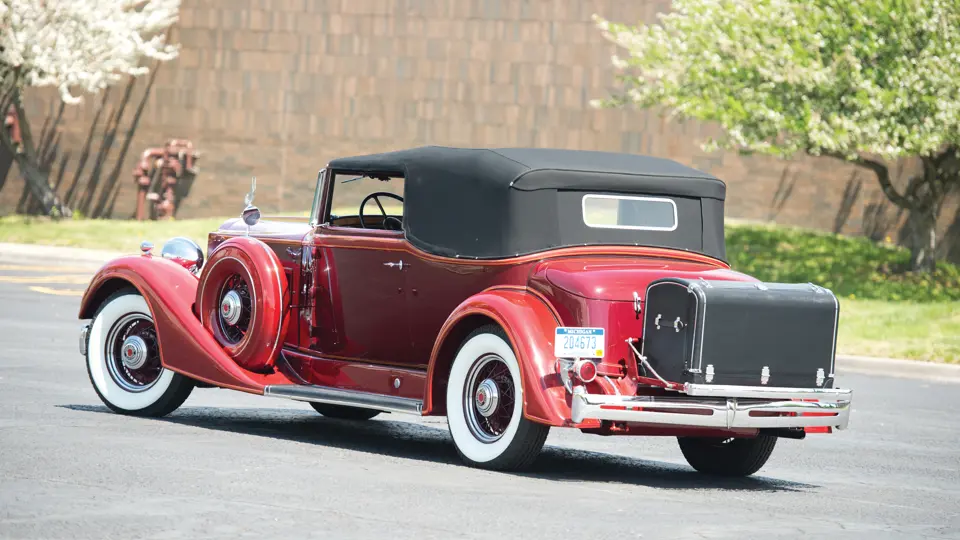
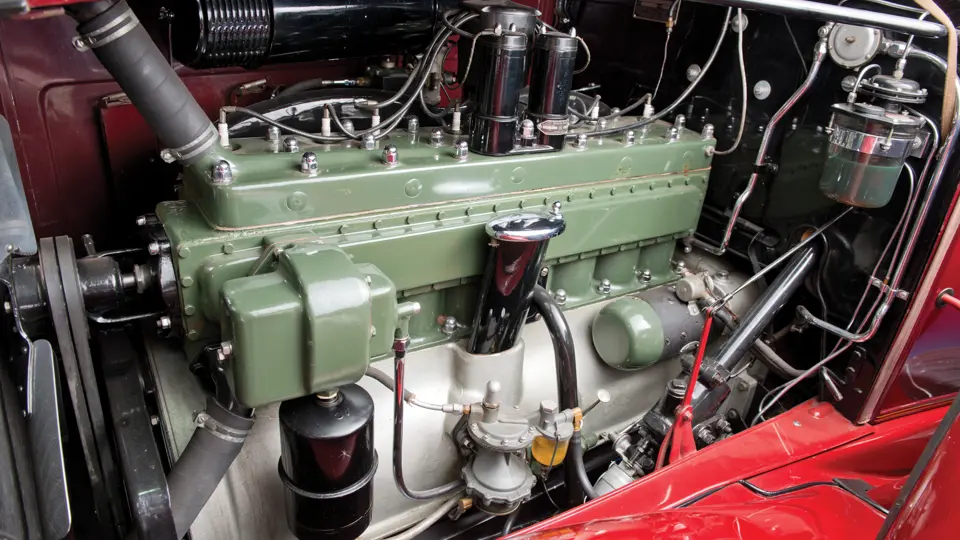
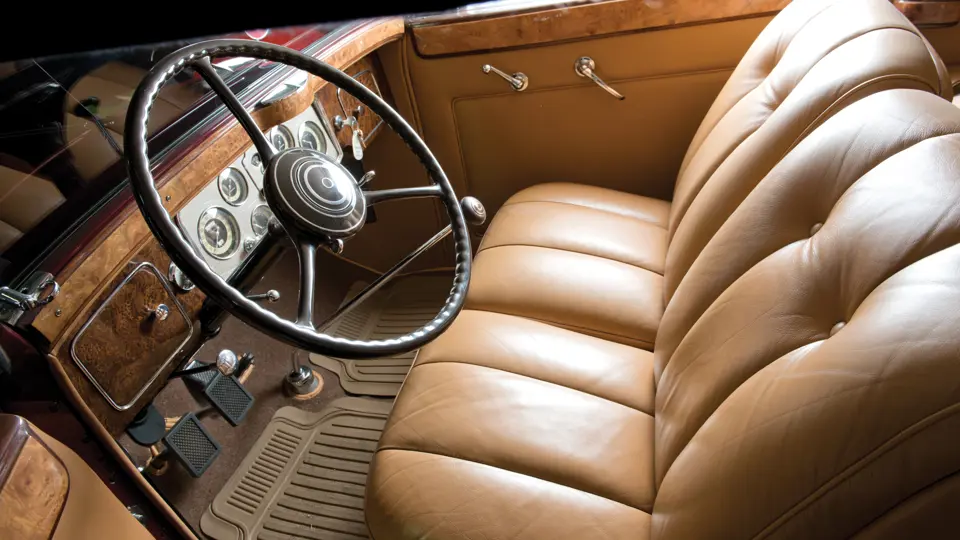

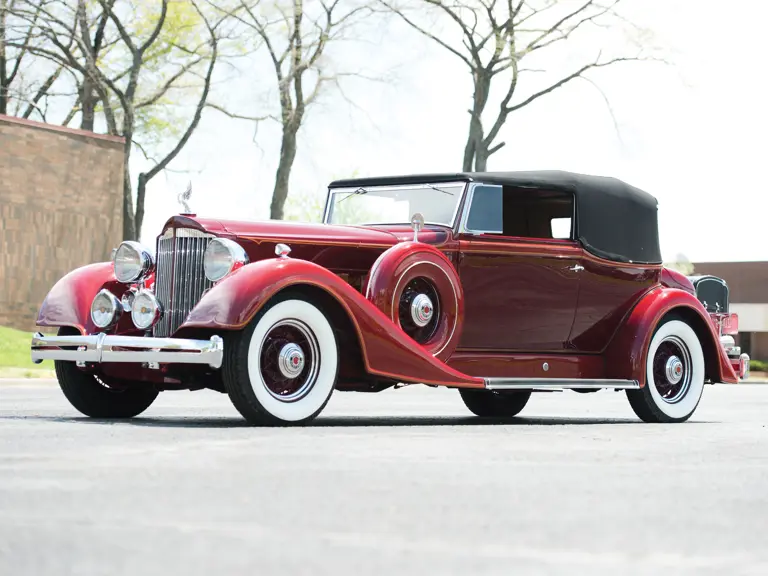

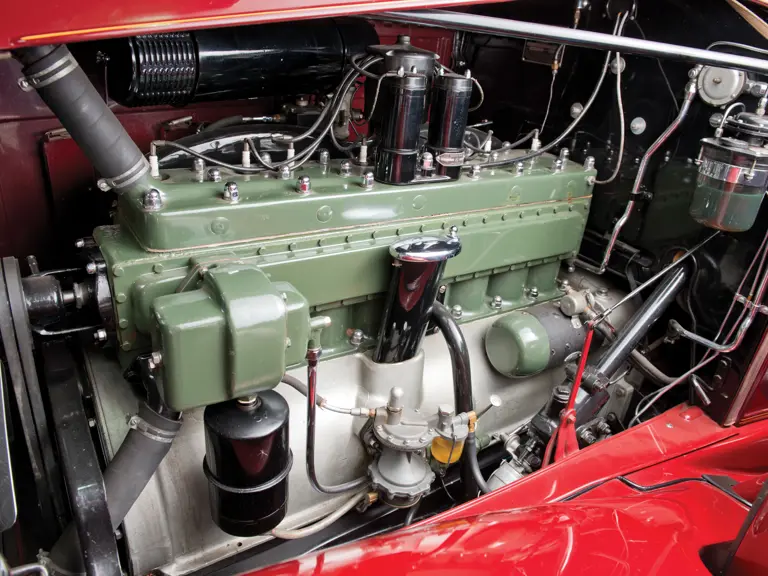
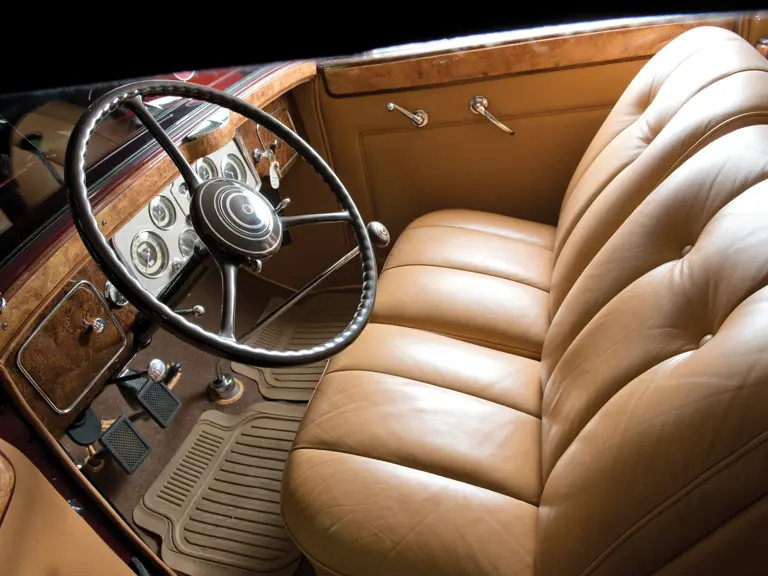
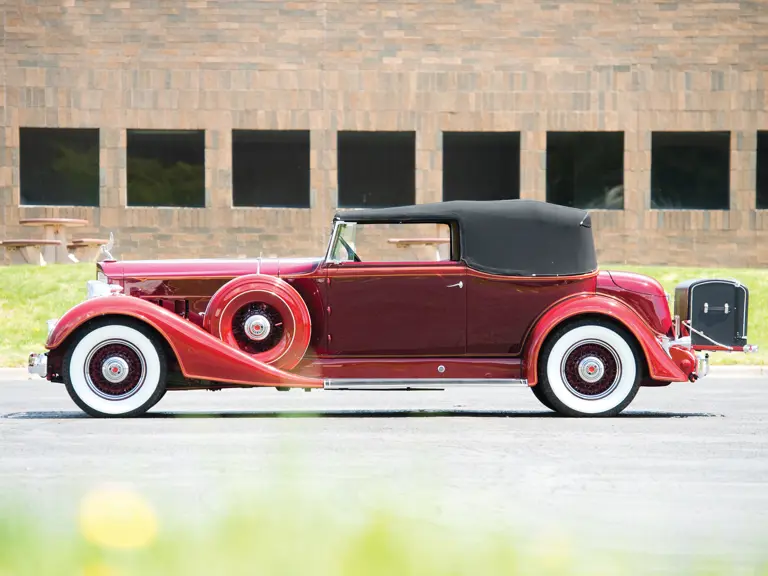
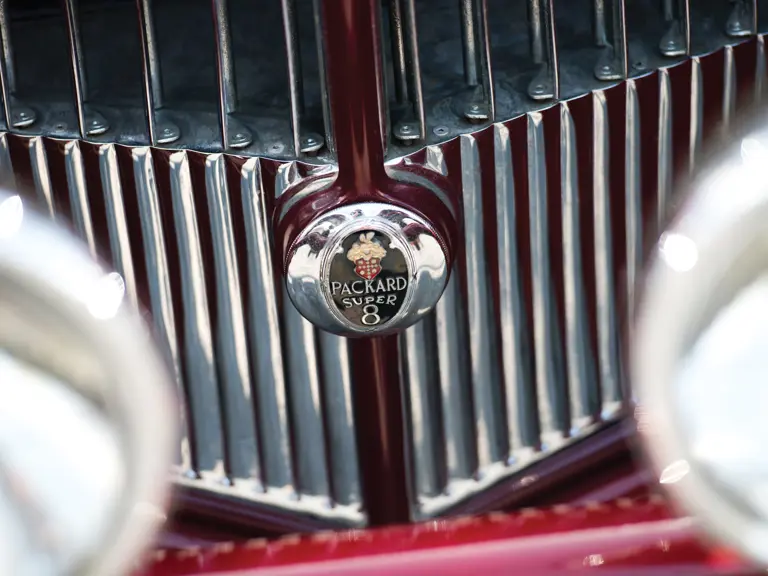
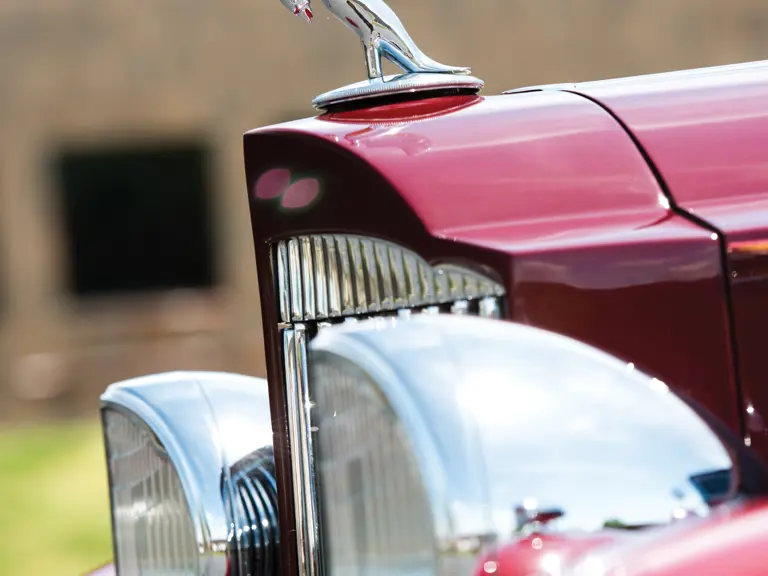
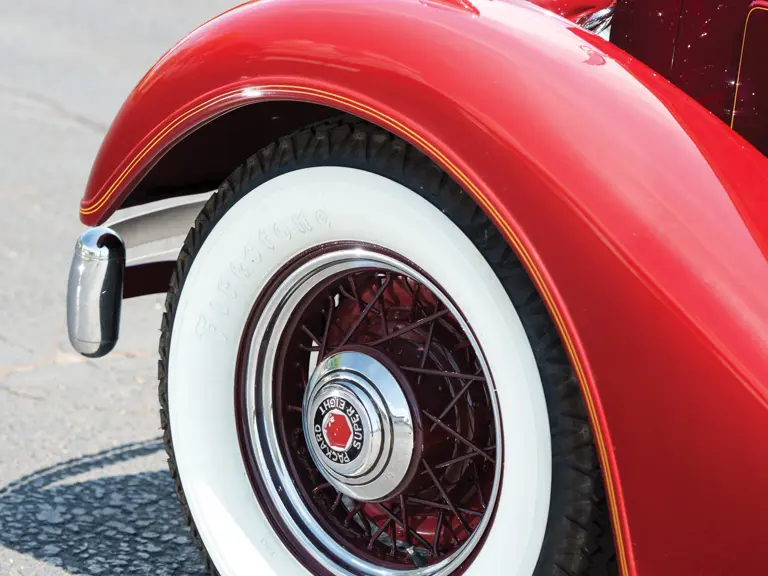
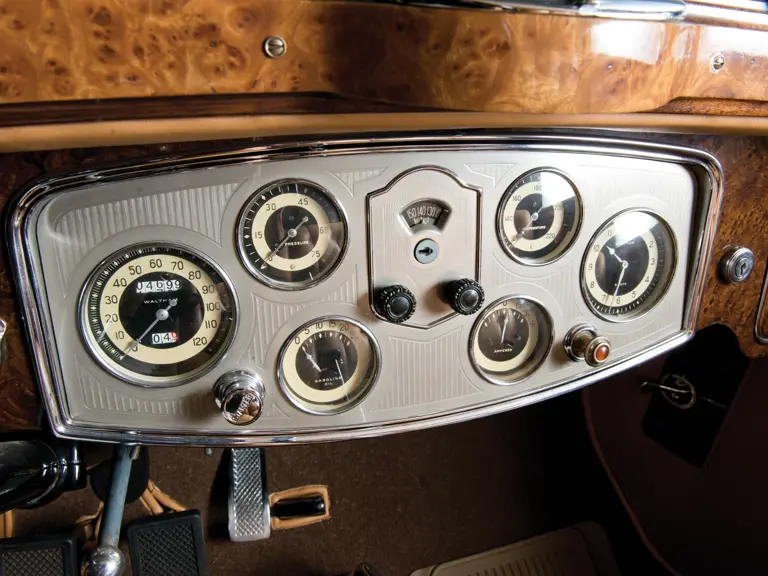
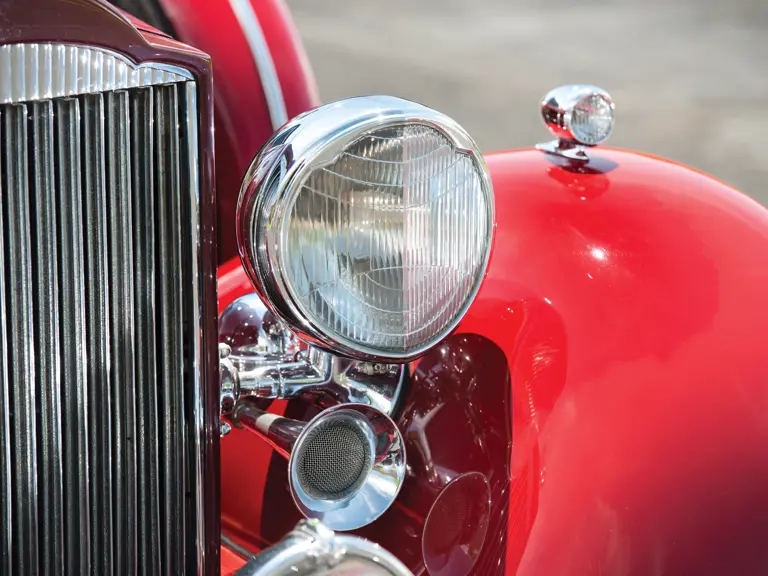
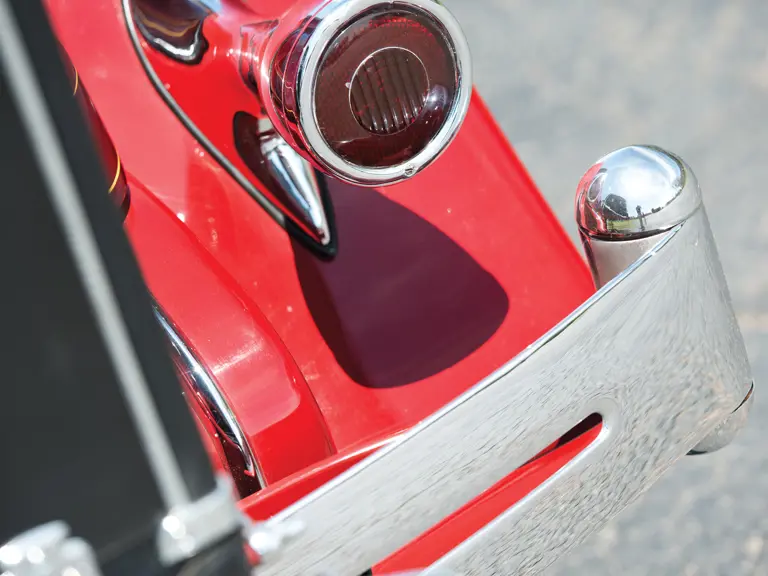
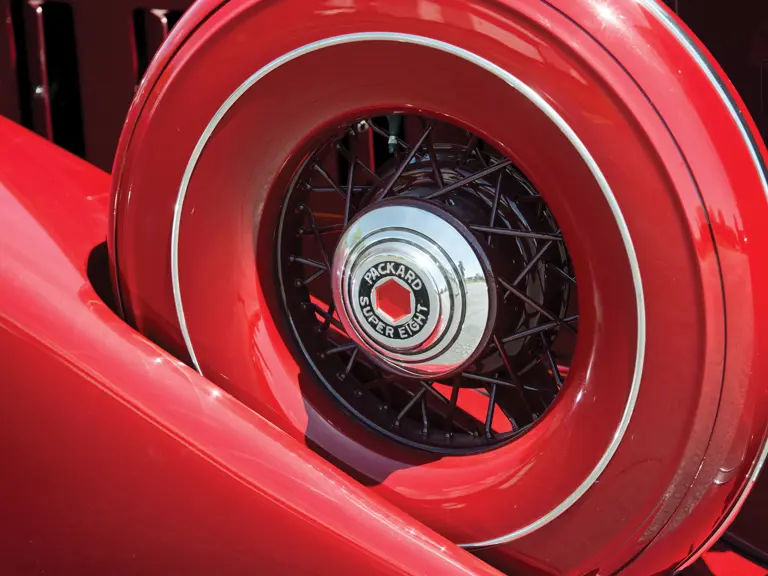
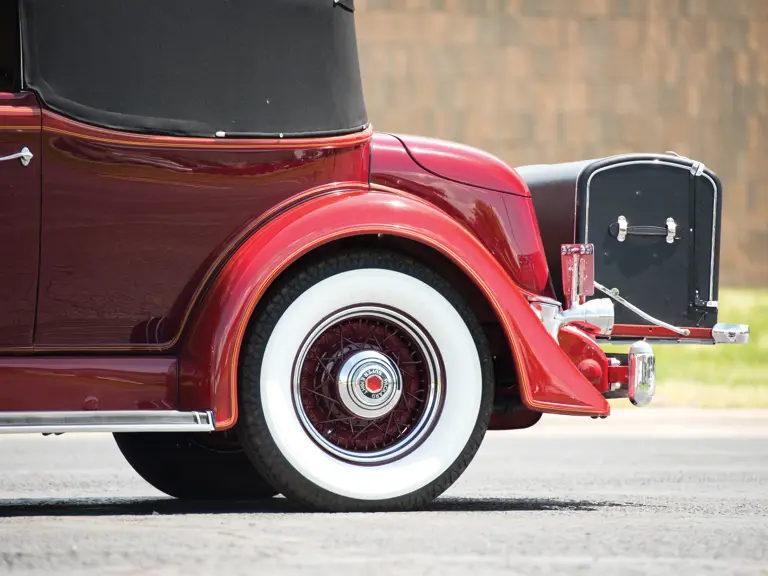
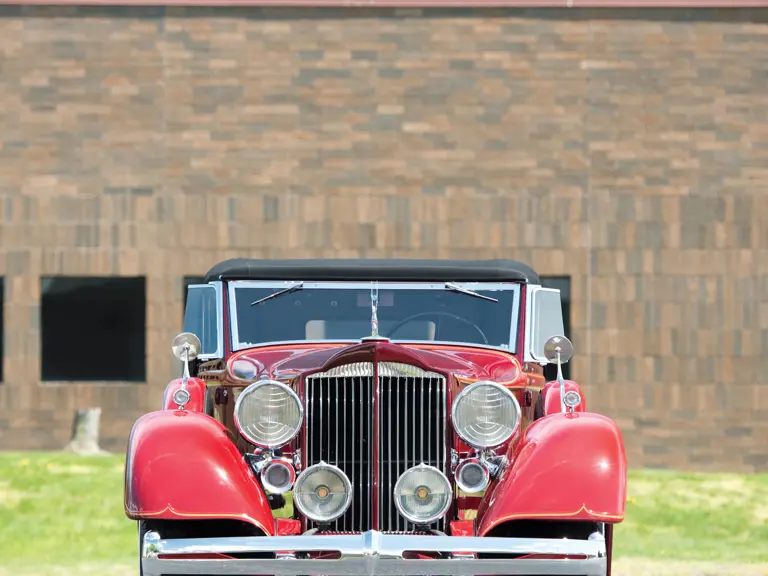

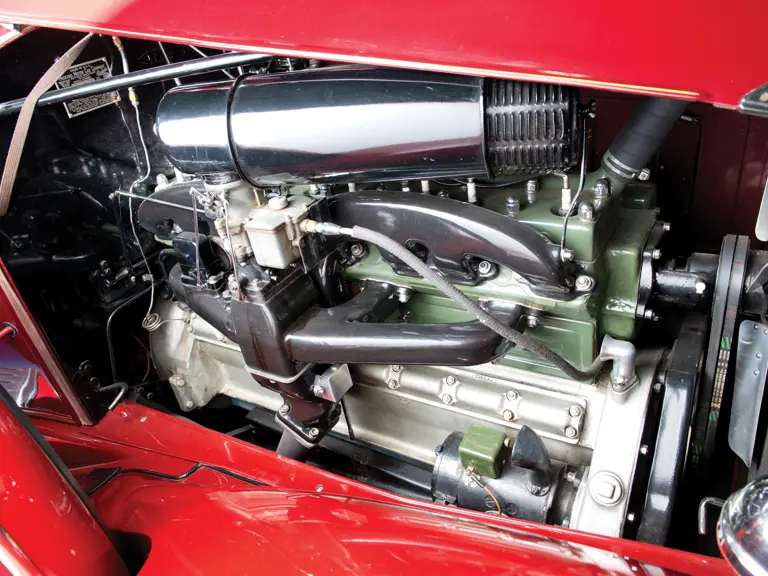
 | Plymouth, Michigan
| Plymouth, Michigan


